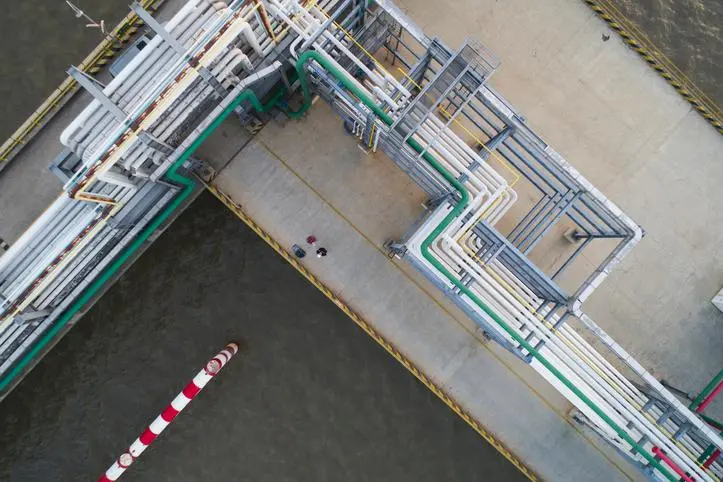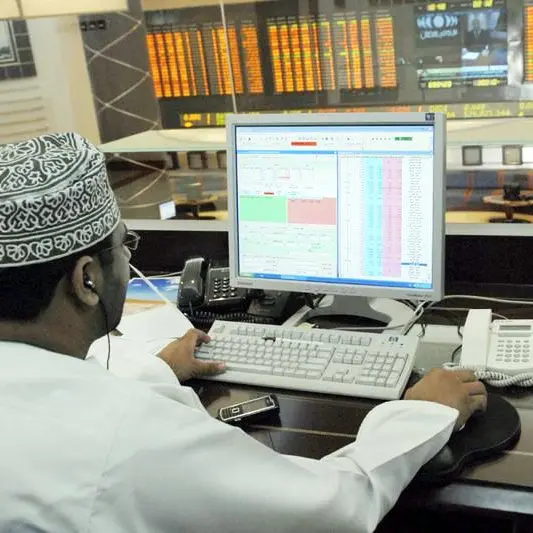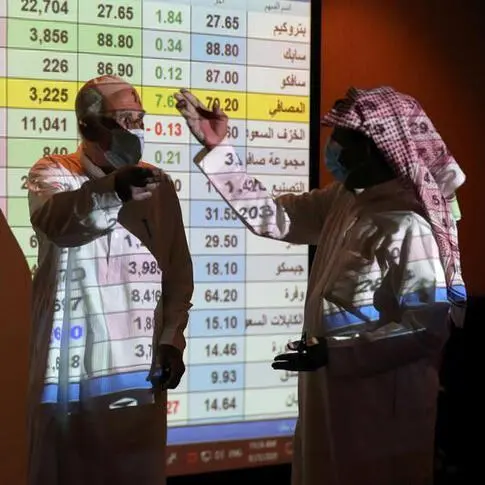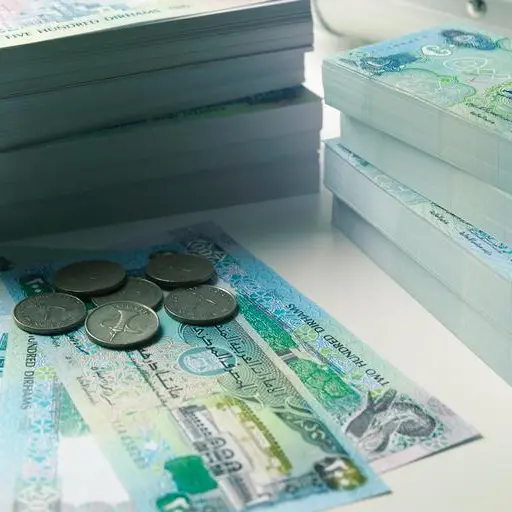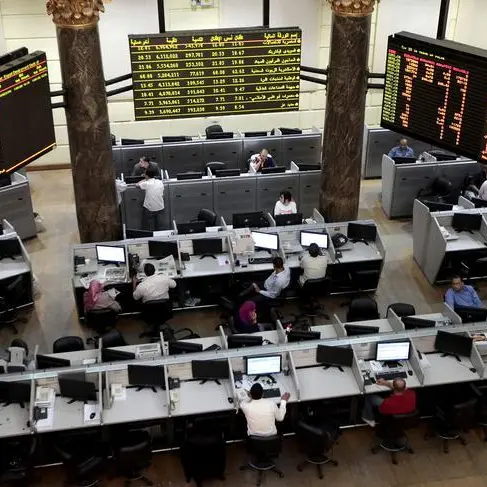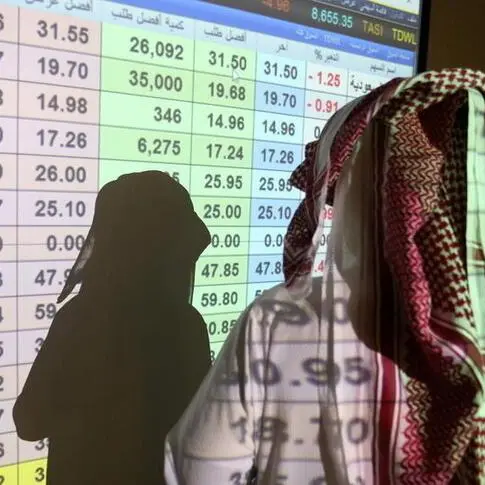PHOTO
Last week proved once more that markets often react on sentiment and perceived outlook rather than to cold, hard facts.
The coronavirus outbreak severely impacted oil demand, a situation underlined by forecasts released last week by both the Organization of the Petroleum Exporting Countries (OPEC) and the International Energy Agency (IEA).
The IEA downgraded its demand predictions for this year by 365,000 barrels per day (bpd) to 825,000 bpd, the lowest since 2011. It even expected oil demand to fall by 435,000 bpd during the first quarter of 2020.
OPEC’s downward revisions were less hefty. The organization predicted oil demand to grow by 990,000 bpd in 2020, which included a downward revision of 230,000 bpd.
The two reports were published amidst negative news of the coronavirus. Its impact on Chinese oil demand has been severe, reducing the run rates of refineries by as much as 3 million bpd. The impact of the virus will take 1.1 million bpd out of the market during the first quarter of this year and 344,000 bpd during the second in China – all according to the IEA.
The situation has become so grave that several suppliers are willing to discount the oil price for their eastbound cargo in order to retain market share. According to S&P Global, this mainly affected Brazil, Russia and Angola.
These numbers make sense when looking at the impact the spread of coronavirus has had on global supply chains, especially in the automotive and technology sectors. Hyundai closed factories in Korea, and Chrysler Fiat in Serbia. General Motors is worried about its production lines in the US and several factories in the UK have shortened their hours due to a lack of parts.
Apple has been particularly impacted, with several of its factories in China manufacturing parts or assembling iPhones having been slow to reopen after the lunar new year — if at all.
The outlook on the global economy is bleak. In January the International Monetary Fund (IMF) downgraded global economic growth for 2020 by 0.1 percent to 3.3 percent. That was before worries about the coronavirus emerged.
On Sunday the IMF’s managing director, Kristalina Georgieva, floated a further reduction in the growth rate by 0.1 – 0.2 percentage points. At the same time, she warned about making hasty predictions, because too little was known at this point about how the virus would develop.
The impact of the virus is twofold, one lasting and the other one resulting in a rebound after the worst is over. The former is the loss in consumption, travel and tourism during the Chinese lunar new year, constituting a one-time hit, which cannot be recovered.
The second effect is the loss of production in the global supply chain. Industry will, over time, make up for the backlog that creates. Down the line it will probably even result in greater-than-expected demand for oil – the premier fuel for transport – because shipments will resume, and factories will need to compensate for the backlog.
So why then was there a hike in the oil price while the short-term outlook was so bleak? The development ran against what was seen in most other commodities, especially copper. Brent was up by more than $3.60 per barrel or close to 7 percent on the week. The price has dropped a little bit since then, reaching $57.39 per barrel for Brent in early Asian trading on Monday.
The answer is simple. While the short-term outlook is negative, analysts and traders pin great hopes on the upcoming meeting of OPEC+, a grouping of the OPEC member countries and their 10 allies lead by Russia.
Ministers will gather in Vienna on March 5 and 6 and most analysts expect them to follow the recommendations of a technical meeting held earlier this month, which stipulated that the grouping should cut production by an additional 600,000 bpd. That would go beyond the 1.7 million bpd by which OPEC+ reduced production in December of last year. The full 2.3 million bpd should remain off the market until June, when another meeting is scheduled.
Depending how the economic impact of the coronavirus unfolds, the 600,000 bpd might well do the trick and balance markets. There are, however, other factors that could influence developments.
For one, political and internal tensions in Libya have grinded to a halt the country’s oil exports. If the Berlin process achieves its desired results later this quarter, Libyan production, and with it exports, could resume adding to the supply glut.
Secondly, analysts will observe how OPEC+ interacts in March. Saudi Arabia wanted to bring the March meeting forward, but Russia denied the urgency. Russia has so far, many times talked tough ahead of OPEC+ meetings. In the end Moscow relented and consented to play its part in doing what was required to balance markets.
The odds are that the March meeting will be no different and that is clearly what traders anticipate. Should that not be the case, expect the price of oil to slide after March 6.
• Cornelia Meyer is a business consultant, macroeconomist and energy expert. Twitter: @MeyerResources
Copyright: Arab News © 2020 All rights reserved. Provided by SyndiGate Media Inc. (Syndigate.info).
